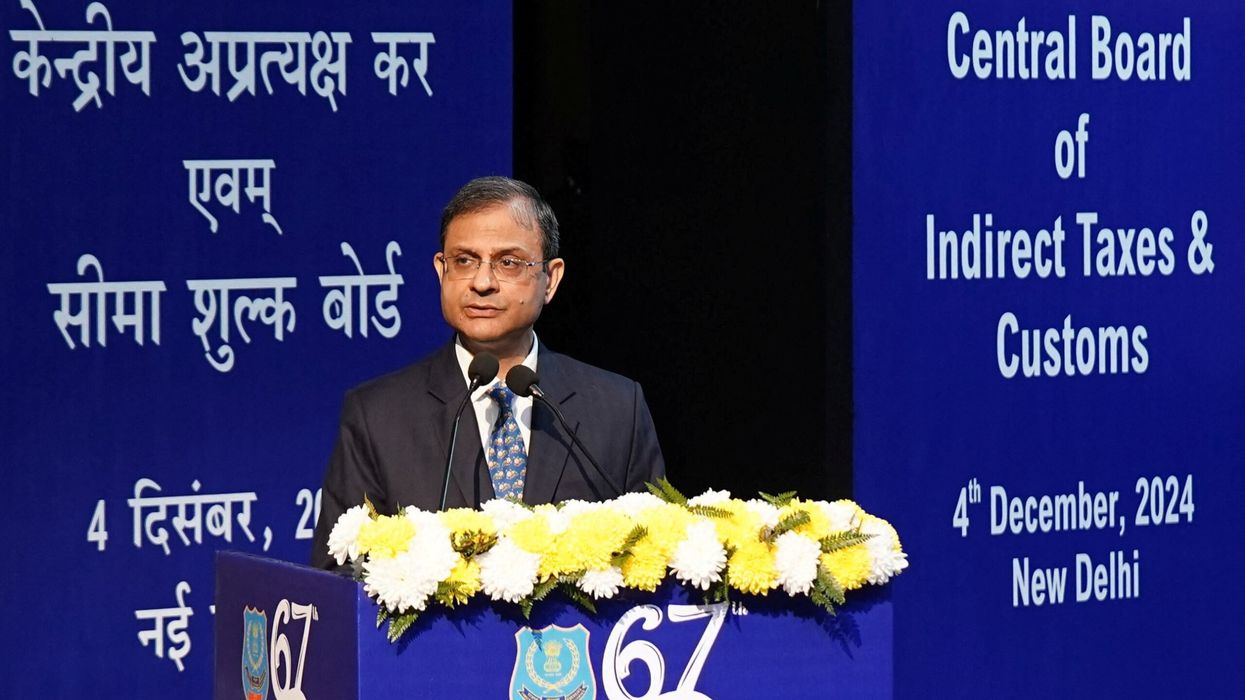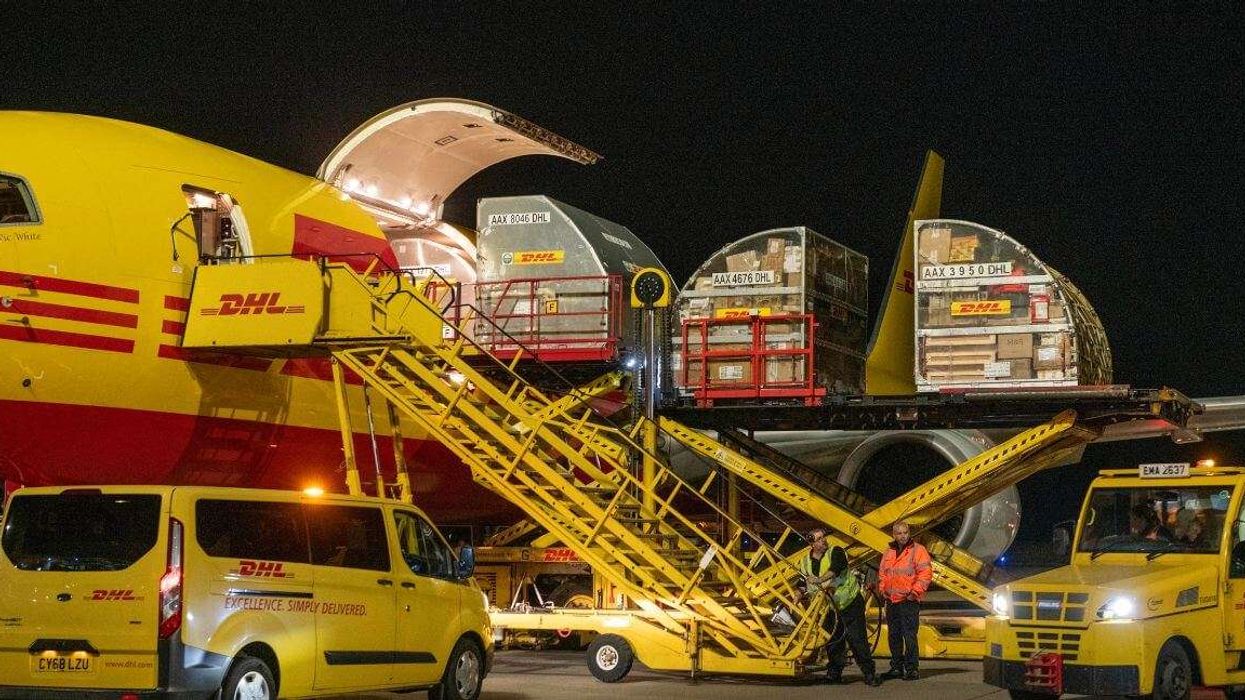THE multi-billion pound technology industry needs to do far more to tackle the lack of Asian woman in the sector, experts have urged.
Some 18 per cent of tech roles are filled by women and only a third of those are of Asian origin, according to research by jobs website Hired.
Experts have called on companies to address the shortage by highlighting role models, tackling the pay gap and unconscious bias and speaking to schools and universities about the opportunities including the growth of Artificial Intelligence (AI).
Professor Sunitha Narendran, associate pro-vice chancellor at the University of Roehampton in London, said the annual report from Tech Talent Charter indicates that while there is a growth in ethnic minorities in the UK’s tech workforce, they remain underrepresented, particularly at senior levels.
She told Eastern Eye: “A larger talent pool for companies to choose from is now very critical in this sector, and the lack of diversity is only serving to exacerbate the existing talent shortage.”
Professor Narendran added: “A Forbes article in 2021 highlights that not only is diversity is crucial for social justice, it is also critical for business success.
“Inclusive organisations are 35 per cent more likely to experience greater financial returns than their respective nondiverse counterparts as they strengthen their market attractiveness significantly.

“Interventions to improve inclusivity include role models to inspire and encourage, reducing pay gaps, strengthening career progression opportunities and proactively removing unconscious bias.
“Practical tips to address the problem of unconscious bias include use of perception surveys, language analysis of job descriptions, job advertisements, selection tasks and particularly those that are used for job interviews, and pay gap analysis as well as scrutiny of career progression decisions made by the organisations in the sector.”
It comes after Angelina Aziz, the cofounder of a AI platform that helps disadvantaged students, vowed to encourage more south Asian women to work in the tech sector.
Aziz, from Luton, co-founded Auralyze AI, which uses admission questions to help people prepare for university interviews better.
The software engineer said: “The work force is very male-heavy.
“I don’t see people from my background wherever I have worked... south Asian women are far and few between.”
Sue Ferns, senior deputy general secretary of the Prospect trade union that represents tech workers, told Eastern Eye: “Angelina rightly highlights the lack of diversity in many STEM workforces, including the technology sector.
“It is essential that opportunities for good jobs are open to everyone, irrespective of gender, ethnicity and social background. This requires a lifecycle approach, from primary school through to support for people already at work to change their career path.
“Exhortations from company leaders must be backed by wholesale practical action that can truly demonstrate that change is happening.”
The second Muslim Tech Festival is scheduled to take place on June 1 in London. Last year’s event included talks on how to become an engineering manager and building a successful app.
The technology industry in the UK is growing at three times the rate of the main economy.
In 2022, the UK became the third country in the world to have a tech sector valued at $1 trillion with more billion-dollar tech startups being created than Germany, France and Sweden combined.
Last year, the government committed to £20 billion per year in Research and Development in the sector.
K Uddin, a tech writer, said the sector is now facing a skills shortage in major hyper growth areas, such as AI and cyber security.
He added: “To tackle this, organisations need to broaden recruitment efforts to include those who would never consider a job in these fields as an option.
“Also recruiting people from diverse disciplinary backgrounds is good for business, as you get so many different perspectives and ideas.
“There’s a large chunk of untapped talent out there in various communities across the UK, including the South Asian community who still remain underrepresented in tech.”
Stigma of long hours persists
SUNEETA KHUTAN, a tech expert who runs her own technical professional services company, said the shortage of south Asian women in tech starts with a couple of fundamental issues.
Khutan told Eastern Eye: “Education at home and at school has not historically represented technology as a ‘viable’ career for south Asian women. It represents an area where there is much stigma, associated with being very heavily male dominated, and also as working very long hours, which does not fit culturally with the role of south Asian women.
“Some of the ways in which to tackle the shortage of south Asian women in technology is by starting early, companies speaking to colleges/universities about the technology roles that they have.
“Advertising that they welcome applicants from a diverse range of backgrounds and also by showcasing south Asian women in the company that already work in technology.
“The benefits of this are huge, having a diverse, varied workforce, brings a wealth of untapped talent, and different views and solutions.”












